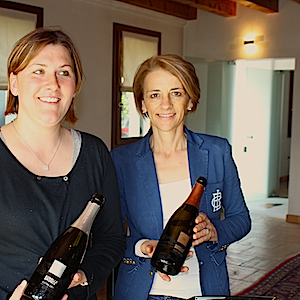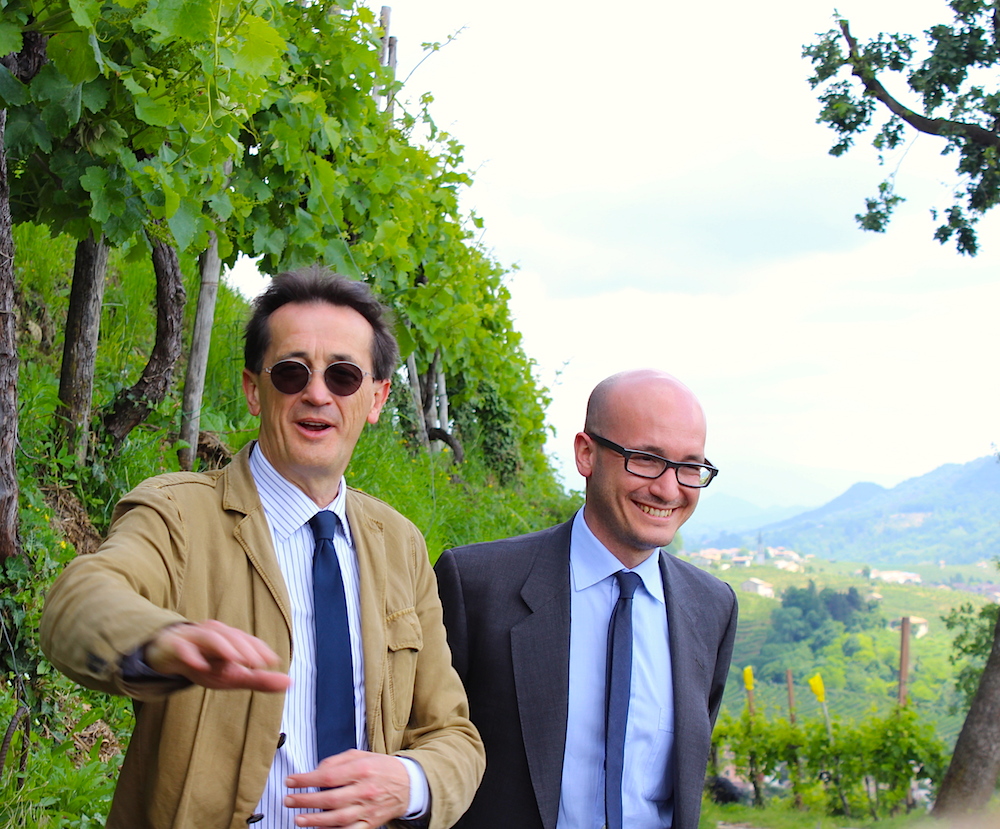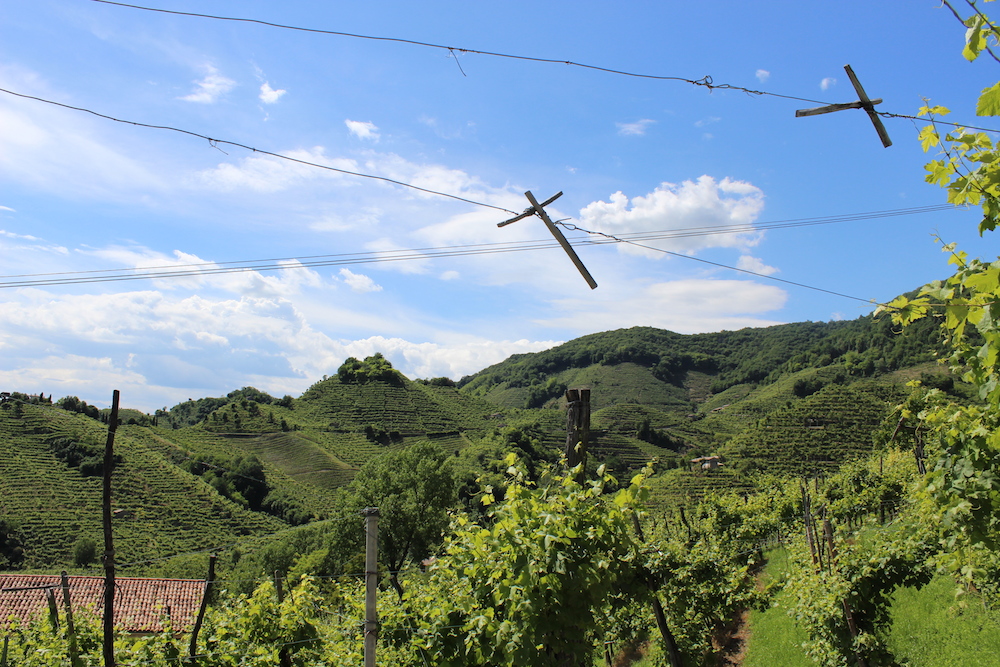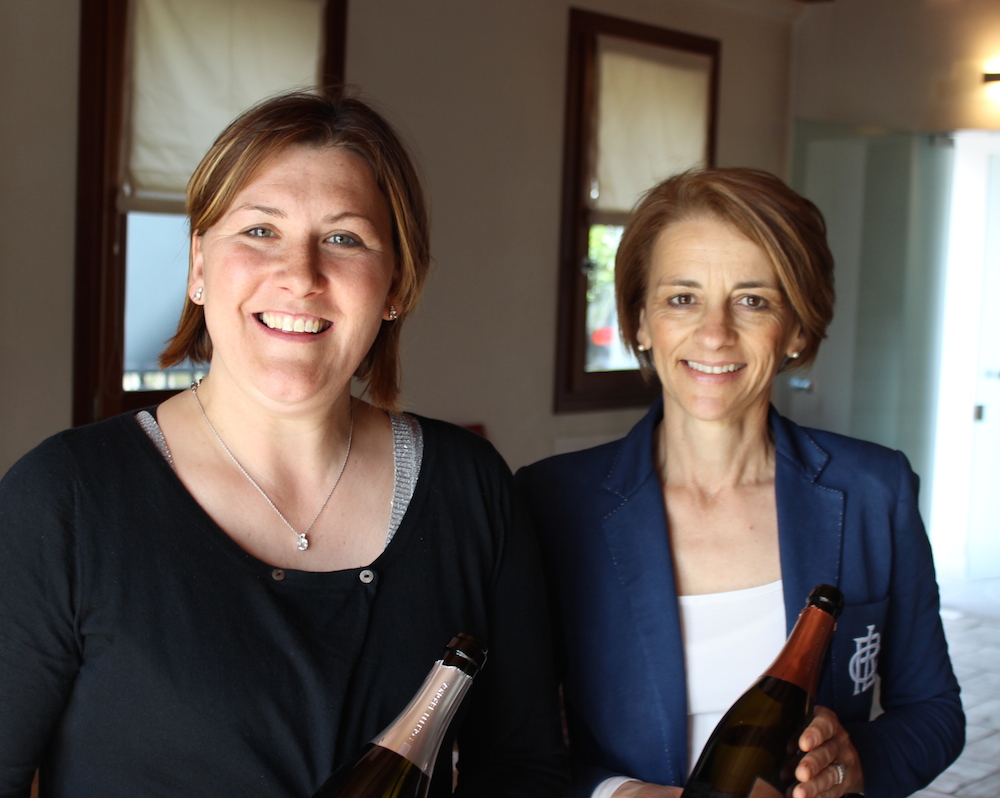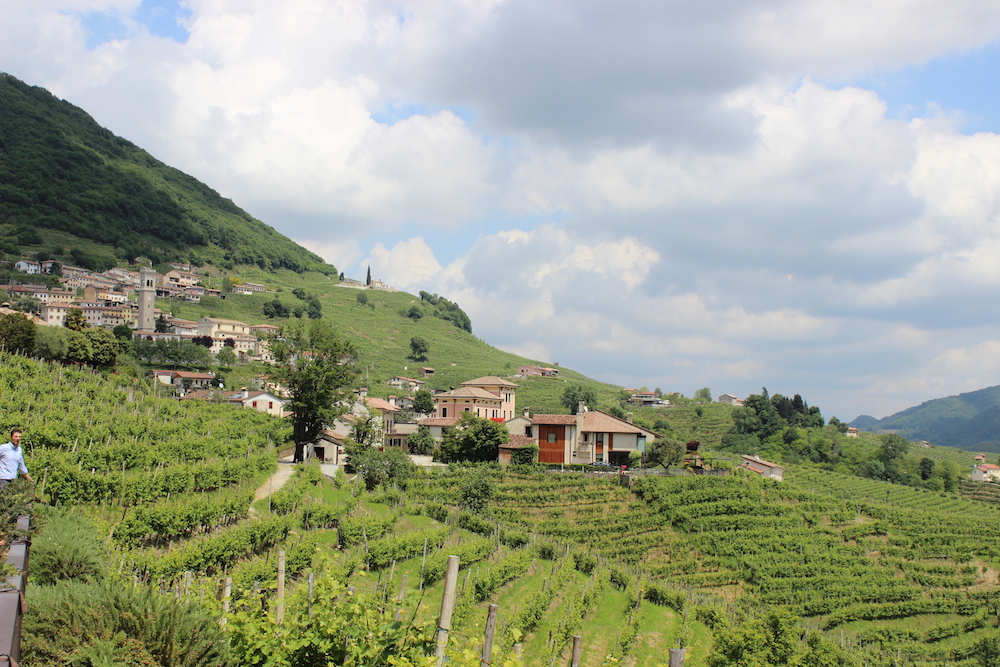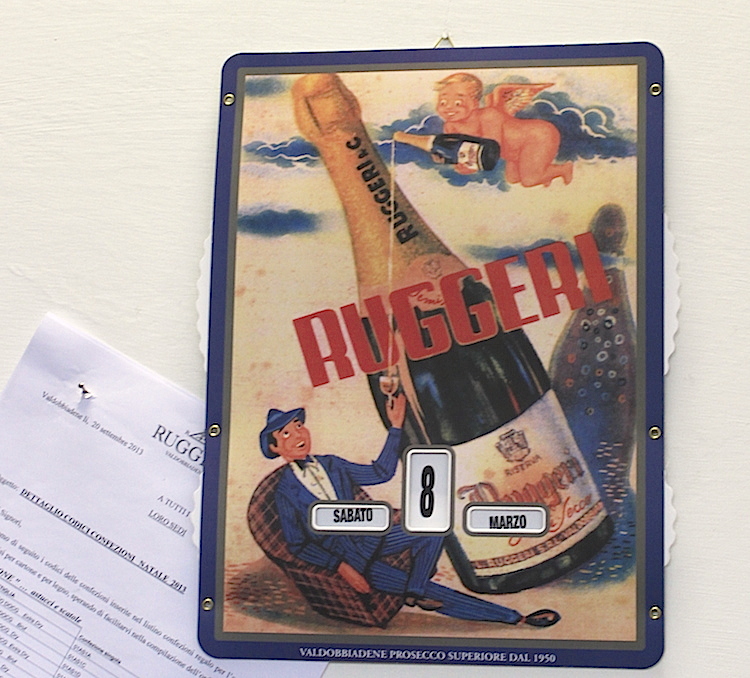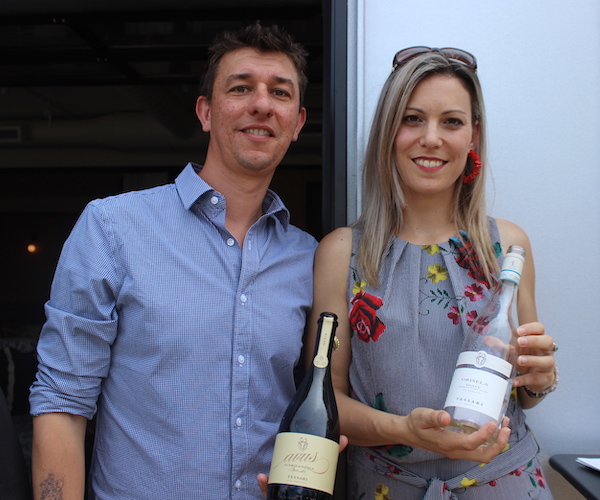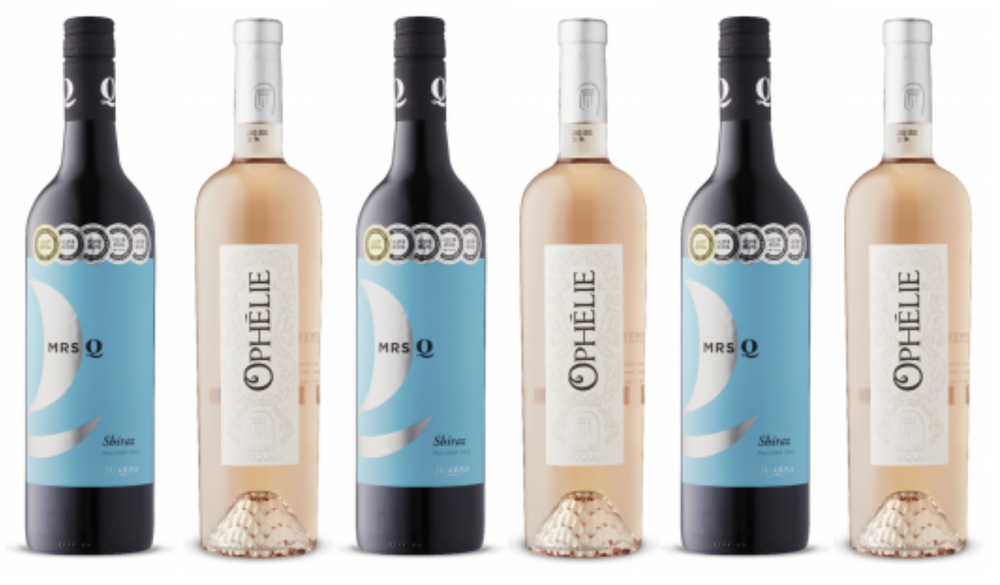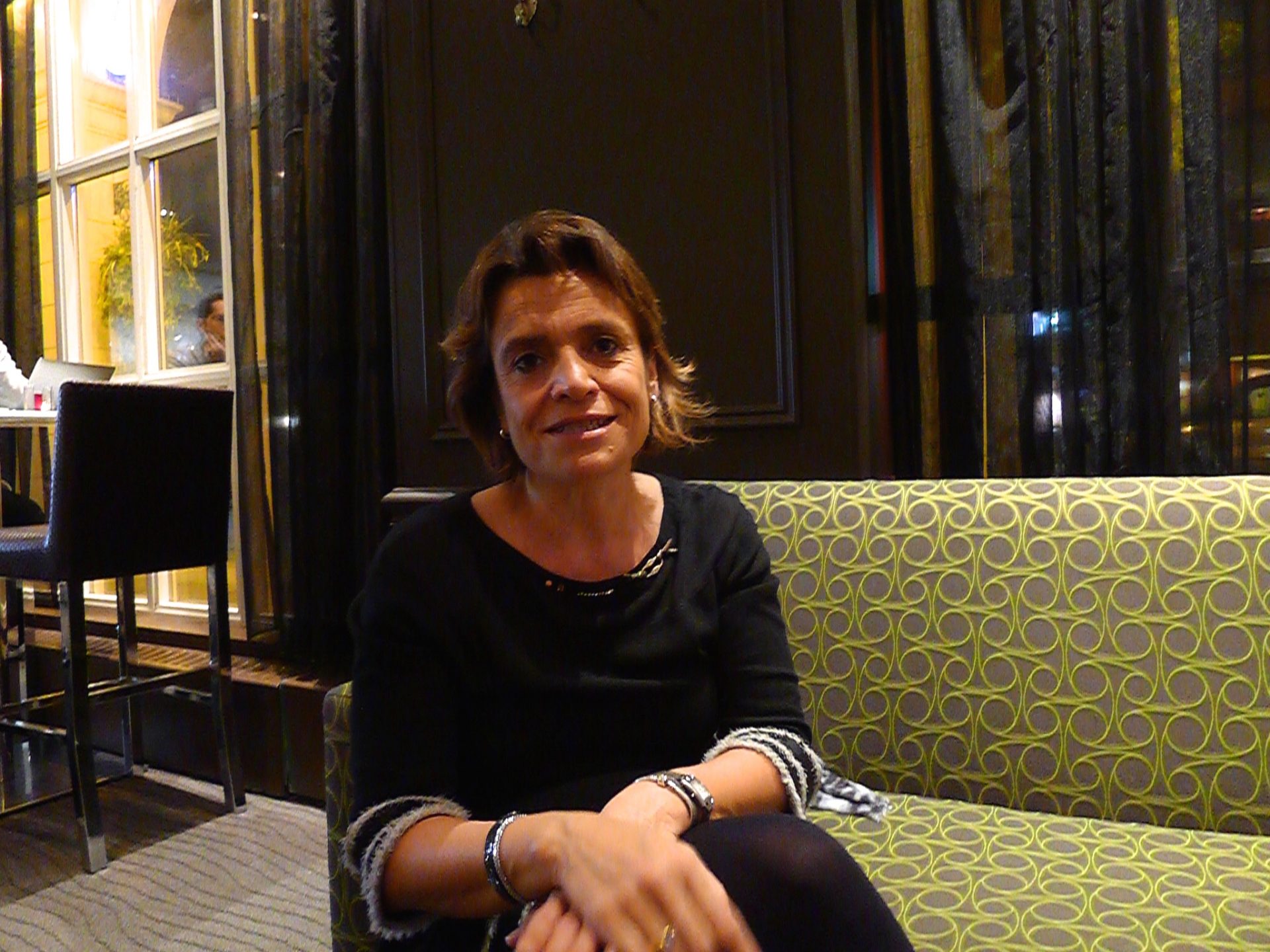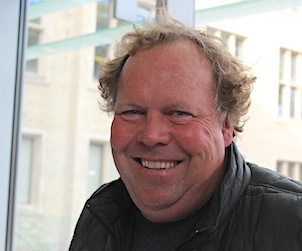For English speakers the Italian wine region of Conegliano Valdobbiadene, about an hour’s drive due north of Venice, might seem like a bit of a mouthful, but those words are worth looking out for when your in the market for sparkling wine, because it’s from this DOCG region (named after the two towns that make up its east and west ends, respectively) that come the wines of the Prosecco Superiore. While an appellations like Denominazione di origine controllata are not guarantees of quality per se, they’re not a bad indicia, since they do guarantee things like where the wine has come from, what grapes were used to make it, and at least some of what happened in the cellar between picking the grapes and bottling the wine.
I went to Conegliano Valdobbiadene recently on the invitation of the consortium of Prosecco Superiore producers. The three full days I spent tasting, visiting vineyards and wineries, and meeting the people who make Italy’s famous sparkling wine were very good days at work! There are technical reasons why Prosecco Superiore wines are generally, well, superior and held to be of a higher quality than the ones made in the surrounding, and much larger regular Prosecco DOC. The most basic, and nearest to quantitative reason is that old saw about terroir. The vineyards in Conegliano Valdobbiadene are largely planted on the extremely steep slopes of the foot hills of the Dolomite Alps. This means hand picking and a lot more TLC and personal attention on the vines from the growers. The Dolomites are also famously composed of limestone. With limestone soils comes that magic and sought-after property of “minerality”, which is sometimes described as “saltiness”. (I’ve heard Jamie Drummond describe the taste of minerality as reminiscent of the smell that comes off a bottle of vitamins, which I thought was pretty good, too.)
Limestone soils are also associated, at least in my mind, with the property of “acidity”. Before explaining why this is particularly important for Prosecco, some quick notes on how the wines are made. Prosecco is made to three styles, which correspond to the dosage of sugar or sweet grape juice added to create the second fermentation of the wine that give it bubbles.That second fermentation, with Prosecco, is done is specially designed tanks, using what the locals call the “Italian method”. The Italian method significantly less expensive to execute than the “Traditional method” of fermenting a second time in the bottle. This is why Prosecco is generally priced much lower than the wines from a certain region in France with which the traditional method is primarily associated. Back to those three styles: Brut, Extra-Dry, and Dry run the spectrum of sweetness. While modern North American tastes (and mine) generally prefer Brut, the gold standard by local judgment is in the sweeter Extra-Dry and Dry styles. This is where that acidity comes in. In nearly all the Prosecco Conegliano Valdobbiadene Superiore’s I tasted, regardless of the level of residual sugar, there was a clean line of citrus acidity. Sometimes more grapefruit, sometimes more lime or lemon, but it was nearly always there to balance out the sugar.
Apart from the geography the other important – most likely the most important – factor that disnguishes Prosecco Conegliano Valdobbiadene from most of the lesser versions is the people who make it. Making wine here, at all scales, is still very much a family endeavour. Two wineries that I visited embody for me that sense of heritage and connection to the product and the land that makes it that so often results in better wines. The first one to host me was Sorelle Bronca. Sorelle means sisters, and Ersiliana and Antonella Bronca took over their father’s winegrowing business to create an organic winery, which is as dedicated to preserving the health of their lands as it s in making very elegant, feminine wines that achieve a kind harmony and balance where the whole becomes that much more greater than the sum of its parts. (Those parts being lime, peach fresh fruits.) Ersiliana’s daughter Elisa has joined the enterprise, and she and her aunt Antonella welcomed me at Sorelle Bronca’s boutique winery, explaining that they only make wines from their own vineyards. Among the wines we tasted was their Brut. With only seven grams of residual sugar it’s crisper than the average Prosecco, but lush with fruit. The Brut is bottled as a private label wine for the chic London department store Harvey Nichols, and one can see how the ladies who lunch in the top floor restaurant might be tempted to have more than a glass or three. The star of the tasting, though, was the Particella 68, which is named for an original family-owned parcel of land, and is restricted to a production of 12,000 bottles. With a very fine mousse and subtle and soft fruit flavours (again lime and peach), the Particella 68 struck me as a wine made for the table, to compliment a first or, especially, a fish course.
The second family owned and run winery I visited, which I thought embodied the ethos of Conegliano Valdobbiadene producers was Ruggeri, where a small group of us was greeted by father and son team of Paolo and Giustino Bisol (daughter Isabella was in Singapore promoting the wines). The Bisols have deep roots in the region and can trace their roots to the prized growing area of Cartizze back into the middle ages. Paolo and his children are offshoots of the Bisol family that has an eponymous winery, and are very careful that to avoid consumer confusion. One of Ruggeri’s prestigious wines is named after Paolo’s father but it’s label identifies it as simply “Giustino B.”
Ruggeri makes 1,000,000 bottles of Prosecco Superiore a year, which it exports to 40 countries. And yet, despite the great size of their winery operation, which is just outside of the town of Valdobbiadene, our tasting felt intimate and the wines showed the care that was put into making them. One wine that really showed that care was the 2012 Ruggeri Viecchi Viti Brut. The name means old vines, and it is made by vintage, which is very unusual for Prosecco Superiore. They name the year the grapes are picked because of the way those vines are selected. Before harvest Paolo Bisol visits all of the Ruggeri vineyards – or, rather all the vineyards that belong to growers Ruggeri buys from: there are over 100, and some are tiny. He looks for those vines which have produced the best fruit that year and ties a ribbon on them, so that they may be selected for the Viecchi Viti. The selection changes from year to year, and the production is limited to 5,000 bottles. My tasting note for this wine includes the phrase “I forgot to spit”. Elegant and wonderfully balanced between soft, but mouth watering acidity and bright citrus fruit, it displays a resonate undertone of minerality that really lets the first two characteristics sing. It’s very good. Also good, is the standard Quartese Brut, which often aggressively priced low, and the aforementioned Giustino B. The Giustino B. is an Extra Dry wine, but because it has clear line of acid and displays much of the minerality that makes the Viecchi Viti so impressive, the extra sugar is not prominent and seems to merely amplify the fruit flavours. Interestingly, we tasted the 2012 and 2013 vintages and could detect the variation right away: the former showing more citrussy lime notes, while the latter gave up pear notes and a touch of tropical fruit. From the winery we decamped to Cartizze to look at the steep, terraced vineyards, then to lunch at Salis overlooking the valley. There more Ruggeri Prosecco Superior was served with salumi, salads and asparagus pasta, among other delicious things. Like I said, it was a good day at work.
Both Sorelle Bronca and Ruggeri wines make their way to Ontario from time to time, I recommend that consumers keep an eye out for both specifically, and for bottles that display the Prosecco Conegliano Valdobbiadene Superiore (or just “Superiore”) DOCG generally.
 Malcolm Jolley is a founding editor of Good Food Revolution and Executive Director of Good Food Media, the company that publishes it.
Malcolm Jolley is a founding editor of Good Food Revolution and Executive Director of Good Food Media, the company that publishes it.

